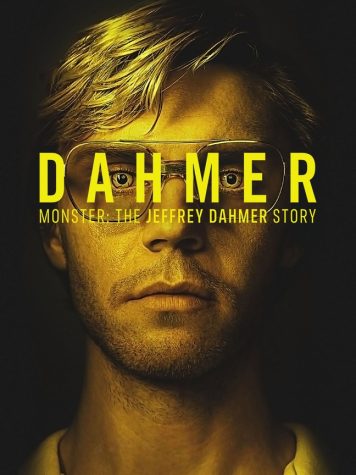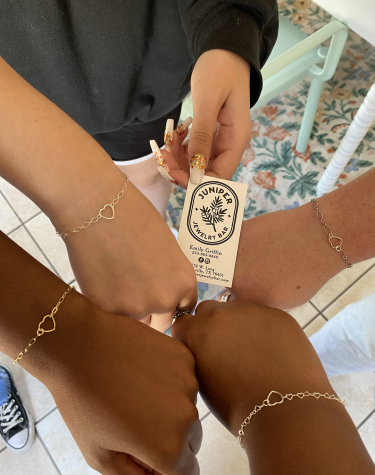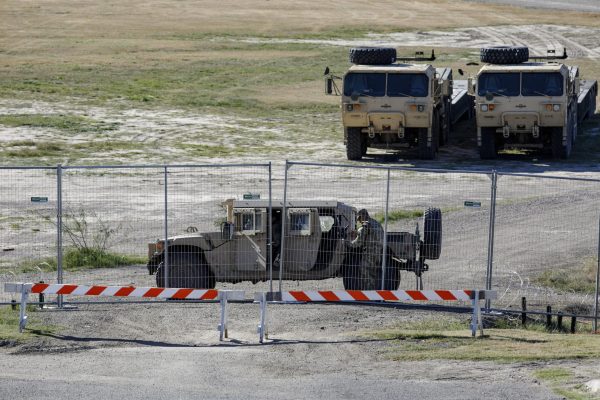Thanks for letting me borrow your pencil
A brief history on mechanical pencils
Now that the school year is starting back up, it is time to remember. Time to remember the feeling of studying for hours on end, many other emotions that come with the school year, and the squish of the eraser on a mechanical pencil. The satisfying feeling, thanks to the thin lead, helping you make clean and precise notes that you would not be able to get on a measly number two pencil. That feeling of relief when you show up late to class widely unprepared and you search your entire bag and silently dread the fact there are no writing utensils in sight; then the nice person sitting next to you lets you borrow everyone’s favorite mechanical pencil. The thick one with the extendable eraser, the papermate jumbo’s. After using that pencil, you begin to wonder who exactly you have to credit for the creation of mechanical pencils, but then forget the thought all together when class begins.
Well, in tribute to those feelings, here is a bit of the history of mechanical pencils. The original mechanical pencil, or more accurately a leadholder pencil, was created in 1565 by Conrad Gesner, a swiss naturalist, and bibliographer. His writing instrument was made with graphite, which was thought to be a type of lead, and was set in a wooden holder. However, his pencil had to be manually adjusted in order to be sharpened. As recorded on zenzoi.com/blogs/articles/the-history-of-the-mechanical-pencil.
Then in the wreckage of the HMS Pandora, a ship that sank in 1791, an early mechanical pencil was discovered. This propelling pencil that could have possibly been used as early as 1636 only has vague details surrounding it. However, the first mechanical pencil patent was not applied for until 1822 when John Hawkins and Sampson Mordan patented an “ever-pointed” pencil in Britain.
1879, a dynamic year for the pencils we know and love today with the invention of Joseph Hoffmann’s push button clutch. The mechanism of the device that holds lead is a clutch (a jawed pressure clamp), according to jacksonart.com/blog/2015/10/02/why-use-a-clutch-pencil/. Nevertheless, the pencil’s flaw was that the clutch on the Eagle Automatic had too much give to be used for professional drafting.
When the twist-feed mechanism arrived in 1895, it gave way for the pencil to be improved in 1915. The “Ever-Ready Sharp Pencil,” the upgraded utensil named and perfected by Tokuji Hayakawa in Japan. Companies from Tokyo to Osaka then began to place large orders for his pencil. All the while, Charles R. Keeran in the U.S. created a similar style pencil that used a ratchet-based rather than twist-feed. This began the forerunner for most of today’s modern pencils.
Since then, the mechanical industry has focused more on the designs of the casings from wood, metal, and finally plastic. Thus, we have Conrad Gesner to thank for his invention of the mechanical pencils. While pens and graphite pencils were already in play, the world truly would not be the same without this infamous creation. We also have many other inventors to thank for the refinement of his creation, like everything else in life, it has been upgraded so much to be the point where we go to a simple dollar store and grab a pack of Bic pencils. Now, back to the books!








